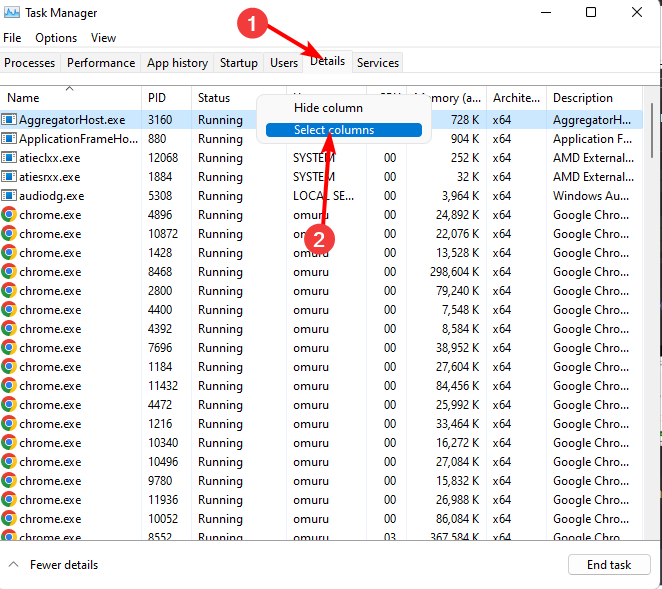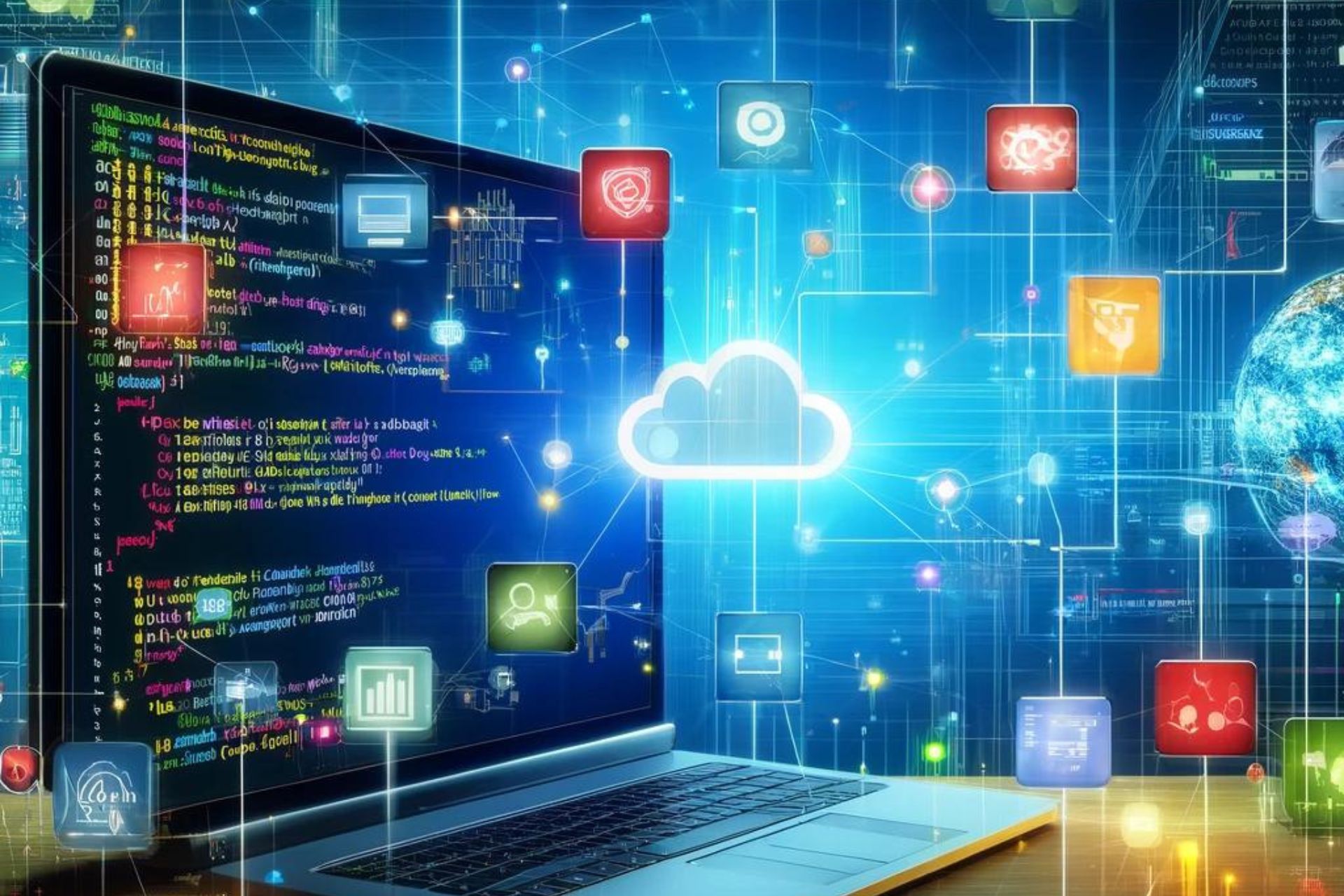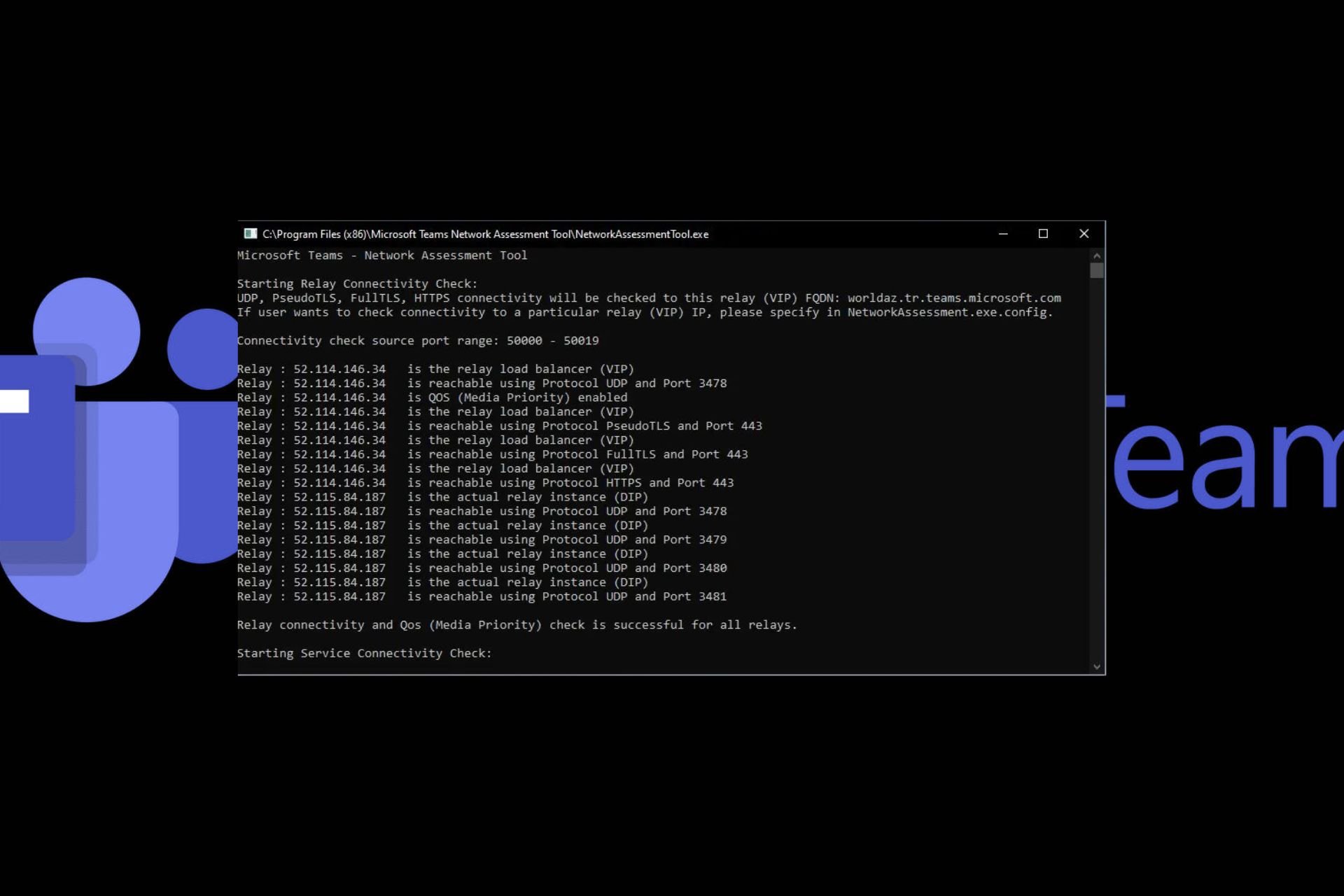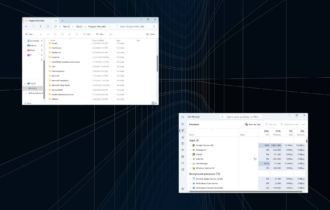Elevated Privileges vs Administrator: What's The Difference?
Full control or limited access unavailable to standard users?
6 min. read
Published on
Read our disclosure page to find out how can you help Windows Report sustain the editorial team Read more
Key notes
- With multiple users in a Windows machine, each can be defined with different levels of access, either administrator or elevated privileges.
- Although administrator privileges are common, there are some advantages to giving someone other than yourself elevated privileges.
- If you've ever wondered about the differences between administrator and elevated privileges in Windows, we'll shed some light on the matter.
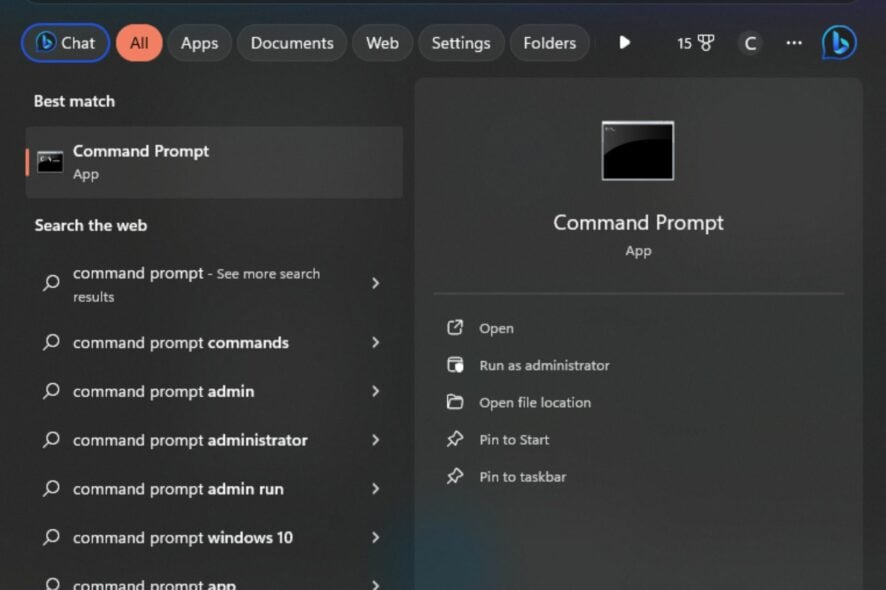
The concept of administrator and elevated privileges on a computer can be a little confusing for someone who is not very tech-savvy. Which one should they choose? Which one would be best?
Let’s look closely at the advantages of each to help you make an informed decision.
What are elevated privileges?
An elevated privilege is a temporary status that gives you access to more powerful system settings than what a standard user has access to. They can be granted by the operating system itself, or they can be requested by an application using specific programming techniques.
What is the difference between administrator and elevated privileges?
1. Administrator account
Overview
An administrator account is a special user account with more abilities than normal users. It is the account that you set up when you first install Windows and has complete control over your computer. Administrative privileges are the highest level of access that can be granted to a user.
With these permissions, you can install new programs and remove existing ones. You can also change permissions and restrict access on your computer, add new users and delete existing ones, manage network settings, and much more.
However, this control only remains when you’re logged in. If you try to perform actions reserved for admins, you’ll get the please login with administrator privileges and try again message.
Advantages of administrator privileges
- A user with administrative privileges can access any folder or file on a computer.
- You can create new users and delete existing ones.
- Allows you to make changes directly on the system, such as changing settings or installing device drivers.
- You can change the look and feel of your desktop.
- You can use a centralized account to perform tasks that need to be performed across multiple computers. For example, if you want to change the passwords for every user account in a domain, you don’t have to make individual changes on each computer.
Disadvantages of administrator privileges
- Administrative privileges can make it easier for viruses and other malicious programs to get into your computer.
- You could accidentally delete important system files or modify settings that affect other users or programs running on your computer.
- Administrative passwords are not encrypted by default hence anyone who knows the password can easily access your computer and make changes to it.
- You have to be logged in. Otherwise, you won’t be able to run some applications that require explicit administrative privileges if you’re using a standard account.
2. Elevated privileges
Elevated privileges, are special permissions granted to a user account. When enabled, you have the authority to make changes to the operating system or other programs. As a users with elevated privileges, you have access to parts of Windows that regular users do not.
The most fundamental reason for using elevated privileges is to increase the scope of your application. The main security model of Windows is that a user can only do what he or she is authorized to do. You cannot perform administrative tasks when you log on to Windows as a regular user.
By using an elevated privilege token, your application can perform these tasks on behalf of the administrator. Another reason is to avoid the need for multiple users with administrative rights on the computer.
Advantages of elevated privileges
- Allows you to view system information that is otherwise inaccessible to standard users.
- You can install and uninstall applications that require administrator access.
- Provides unrestricted access to certain areas of the Registry normally blocked from non-administrators.
Disadvantages of elevated privileges
- There’s a lack of accountability with elevated privileges if an error occurs. This is because it is difficult to determine who was responsible for the error if more than one user has elevated privileges.
- Programs that run with elevated privileges can potentially gain access to sensitive information on your computer.
- You may accidentally delete or modify the wrong files and cause a system crash.
You can use an elevated or administrator account to run Windows programs, but you won’t be able to do everything in these accounts. You’ll need to log out and log back in using an administrator account if you want to make critical changes to your computer’s registry or disable the UAC.
In summary, the notable differences between administrator and elevated privileges are as tabulated below:
| Administrator privileges | Elevated privileges |
| Used for normal use or for administrative purposes | Can only be used for administrative purposes |
| Cannot be disabled by any user except other administrators | Can be disabled by an administrator |
| Are permanent | Only limited when performing certain tasks |
| Unrestricted access to all features | Has limited access to features |
| Full control over other users’ computers | Has limited control over other users’ computers |
| Built into Windows | A feature of UAC |
How do I check if I have elevated privileges?
- Hit the Windows key, type Task Manager in the search bar, and click Open.
- Navigate to the Details tab, right-click on any of the headers, and click on Select columns.
- Scroll down the list, and check both the Elevated and UAC virtualization options.
- Now, scroll to the end to view the newly added columns. You’ll see whether a process is running on an elevated command if it is marked by Yes or No.
Elevated privileges are a double-edged sword. The good news is that you can perform tasks more quickly and efficiently than before instead of going around creating extra administrator accounts. The bad news is that you have access to more sensitive data than before.
While there is often a lot of confusion surrounding these two separate sets of permissions, knowing the difference between them is key for understanding how to effectively use your Windows-based computer.
Ultimately, it’s not really a battle of which one is better but how much control you need to perform a certain task. As such, if you need a lot of control over your organization’s network resources, it may be necessary to create an Administrator account.
However, in most cases, using an elevated privileges account will be sufficient to accomplish the day-to-day tasks required by an average user.
Now that you’ve learned the differences between these two permissions, you should be able to tell whether a process is running with elevated privileges or not.
We hope that, above all else, this article has helped you better understand the differences between these privileged roles. Do let us know the different scenarios you use either of these permissions in the comment section below.

